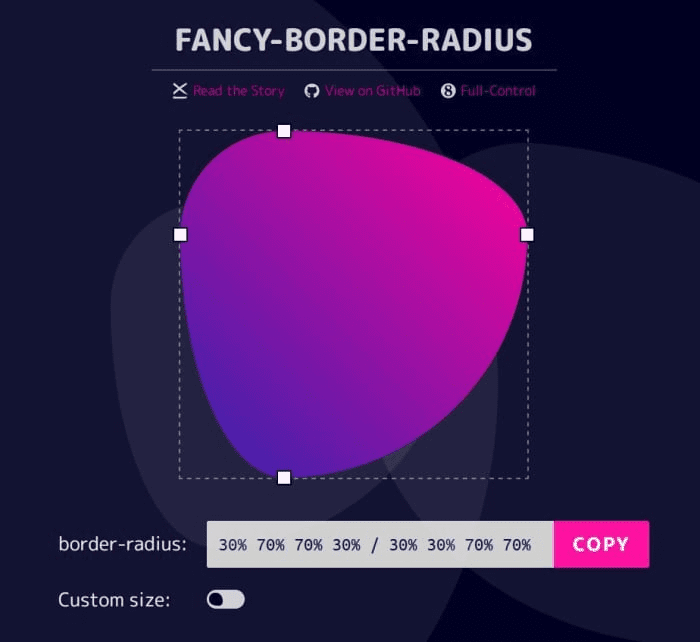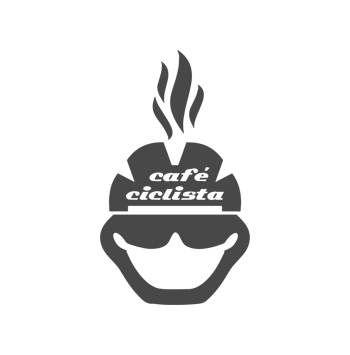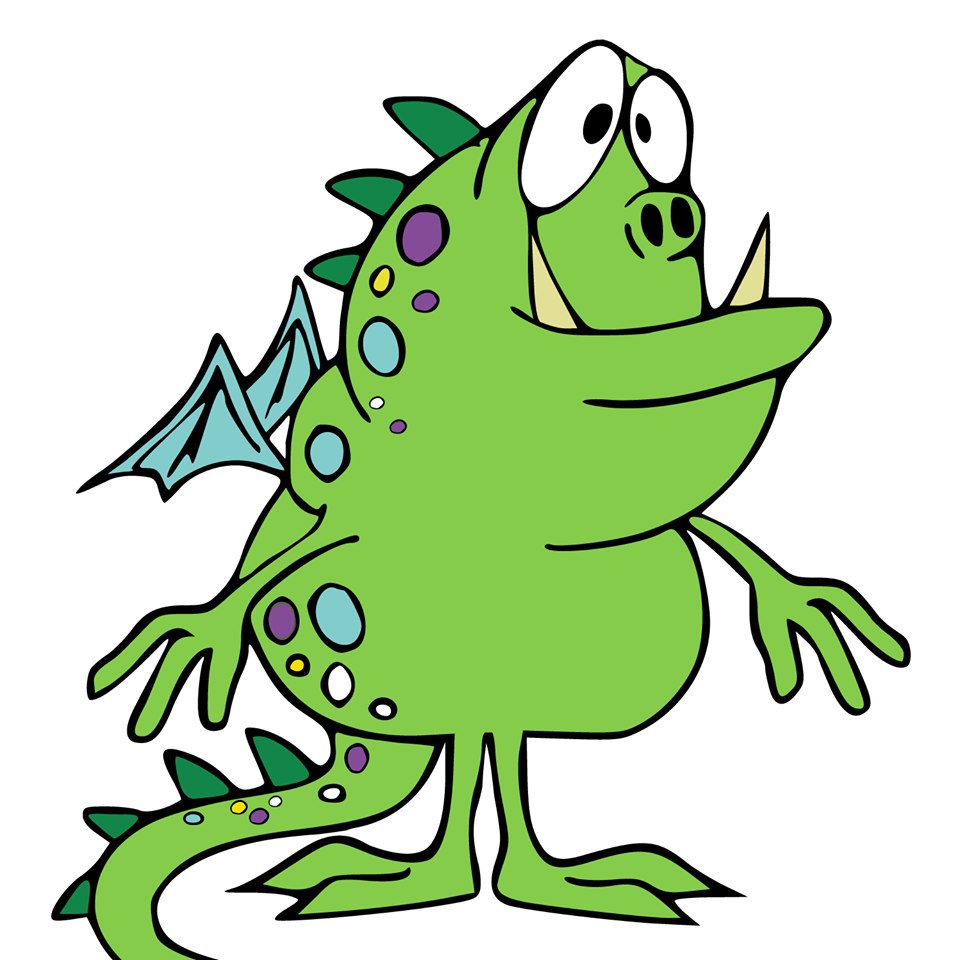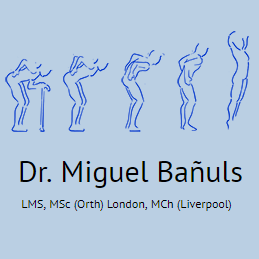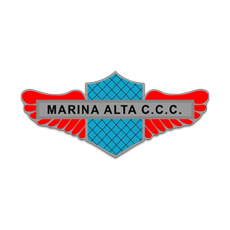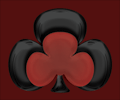The SVG to CSS Shape Converter revolutionizes the way developers create and design complex shapes for web applications. By seamlessly transforming intricate SVG path coordinates into CSS shapes, this powerful tool allows for dynamic visual elements that enhance user experience. With the rise of CSS shape generators, this conversion process simplifies the creation of unique and responsive designs. Developers can explore numerous CSS clip-path examples to broaden their design capabilities. Whether you’re drawing from an SVG shape generator tool or diving into how to use the path function, the SVG to CSS Shape Converter is an essential resource for modern web design.
Introducing a groundbreaking solution in web design, the SVG-to-CSS shape transformation tool delivers a streamlined approach for converting scalable vector graphics into CSS shapes. This innovative method not only simplifies the process of crafting complex shapes but also opens the door to greater creative expression through CSS shape capabilities. As designers increasingly look to enhance their projects with elegant, responsive visuals, utilizing a CSS shape generator has never been more crucial. Explore an abundant array of CSS clip-path techniques that inspire fresh design concepts. Embrace this evolution in shape creation and master the art of turning SVG paths into stylish web elements.
Introduction to SVG to CSS Shape Conversion
The advent of web design has introduced many fascinating tools for developers, and one of the standout innovations is the SVG to CSS Shape Converter. This tool bridges the gap between graphic creation in SVG format and application in CSS styling, making it easier for designers to implement complex shapes without extensive coding. Geoff Graham’s insightful article from May 21, 2025, sheds light on how this technology is evolving in the digital landscape.
By harnessing the power of the shape() function introduced in modern browsers, developers can now convert intricate SVG paths directly into CSS shapes. This not only simplifies the development process but also allows for greater creativity in web design.
Temani Afif’s Contribution to CSS Shapes
Temani Afif, a prominent figure in the world of CSS shapes, boasts an impressive collection of CSS shapes that showcases his mastery in this niche. Through his tutorials and tools, he has provided invaluable resources for both novice and expert developers alike. His detailed approach and innovative techniques offer insights that enable designers to create stunning visual elements with ease.
Over the years, Afif has explored various methodologies for creating shapes, utilizing tools that integrate seamlessly with popular design applications like Figma. His passion for this field has helped disseminate knowledge on harnessing the shape() function alongside the traditional path() function, providing the community with practical applications for each.
Utilization of the shape() Function
The transition from traditional path() to the modern shape() function has been met with excitement, yet some skepticism remains. As Afif illustrates, the shape() function accepts parameters that directly mirror SVG path coordinates, simplifying the translation of designs into code. The new generator that converts existing SVG paths into shape() commands paves the way for a more streamlined coding experience.
For example, a complex path could easily morph into a succinct shape() command with just a few clicks. This capability not only enhances productivity but also serves as a powerful learning tool. Developers can better grasp the intricacies of CSS shapes through this direct comparison, leading to more effective web design.
Bridging the Gap with CodePen
The working examples embedded within platforms like CodePen dramatically illustrate the conversion features of the shape() function. This interactive environment allows developers to experiment in real-time, combining practical coding with immediate feedback. As they test different shapes and applications, their understanding of CSS shapes deepens significantly.
Indeed, many web designers find themselves utilizing such tools frequently as they aim to master the new syntax. While some may question the necessity of these conversions, they offer a glimpse into a future where CSS shapes might dominate traditional methods.
Community Feedback and Insights
The article also invites feedback from the community, showcasing diverse opinions on the utility and future of the shape() function. Comments from user Sébastien LeBlanc express concerns regarding the complexity of syntax, while Idriss Douiri sees potential applications as browser support improves. This dialogue emphasizes the evolving nature of web technologies.
Richard Werden’s critical eye suggests that the additional code generated could lead to unnecessary complexity. However, as contributors like Geoff Graham advocate, embracing modernization is key to growth in web design. As these discussions unfold, the collective experiences lead to a better understanding of how these tools impact real-world applications.
Conclusion and Future Prospects
As we venture into the future, the SVG to CSS Shape Converter exemplifies the continuous innovation found in web design. While the journey towards widespread acceptance of the shape() function may be fraught with challenges, the benefits are clear. Developers continue to explore new frontiers, pushing the boundaries of creativity as they adapt to these evolving tools.
In conclusion, as more resources and educational platforms emerge, the clarity surrounding SVG to CSS interpretation will likely increase. This evolution holds the promise of richer web experiences, where design artistry and coding expertise intertwine seamlessly, appealing to both creators and users alike.
Practical Applications and Use Cases
One of the most intriguing aspects of the SVG to CSS Shape Converter is its versatility in practical applications. Web developers can utilize the shape() function not just for aesthetics but also for creating interactive designs that respond dynamically to user inputs. This ability adds depth to the user experience on various devices.
Moreover, as the technology progresses, the potential for utilizing these shapes in animations and transitions grows exponentially. This broadens its applicability across different sectors, from commercial web pages to artistic portfolios, showcasing how designers can blend creativity with cutting-edge functionality.
Striking a Balance Between Old and New
Finding equilibrium between the established path() function and the emerging shape() function presents both an opportunity and a challenge for developers. While some may prefer the familiarity of the path() syntax, the innovative features that shape() brings cannot be ignored. This is evident in discussions among users who find merit in both approaches.
As companies and developers strategize their approaches to web design, a hybrid methodology that employs both functions might just offer the best of both worlds. This balance can not only optimize performance but also leverage existing knowledge while embracing new capabilities.
Learning Resources and Continuing Development
For those eager to explore the world of CSS shapes further, numerous resources are available online. Tutorials, forums, and community discussions continue to proliferate, making information accessible for anyone willing to learn. This wealth of knowledge fosters an environment where innovation thrives.
Users can also find numerous generators and tools designed to simplify the shape creation process, allowing newcomers to dive into complex designs without feeling overwhelmed. As developers share tips and tricks, the collective wisdom of the web design community continuously evolves—ultimately enriching the craft.
Final Thoughts on Implementation
As with any new technology, the real test lies in its implementation. Developers are encouraged to experiment and provide feedback, ultimately helping shape the evolution of CSS standards. The SVG to CSS Shape Converter stands at the forefront of this journey, representing not just a tool, but a significant stride towards a more visual, adaptable web.
In summary, the transition from SVG path to CSS shape commands encapsulates the spirit of innovation within web development. It encapsulates a thrilling journey filled with learning and growth, ensuring that every designer can express their creativity in vibrant and responsive ways.

Conclusion
In conclusion, the introduction of the shape() function marks a significant evolution in the world of CSS shapes, offering a new way for developers to create complex designs with ease. While the path() function has served its purpose well, the new shape() feature provides a promising alternative that may streamline the process and enhance performance in the long run. Although some may find the transition perplexing due to the different syntax and current browser support limitations, it is essential to remember that this is part of the natural progression of web development tools. As we become more acquainted with the shape() commands, the learning curve will likely become less steep, enabling us to harness the full potential of this powerful function.
Key takeaways from the discussions around the SVG to CSS shape conversion include:
– The shape() function encourages innovative uses of CSS, though its current syntax may be daunting for some developers.
– The new generator for converting path() shapes to shape() commands enhances accessibility and understanding of the new feature.
– Future enhancements in browser support will likely increase the utility and practicality of shape() in web design.
– The transition from path() to shape() is not just a change but an opportunity for developers to improve their CSS skills and explore creative applications in their projects.

